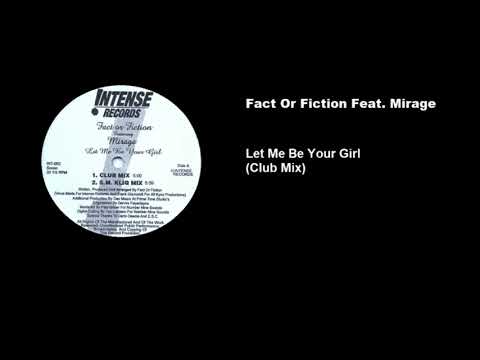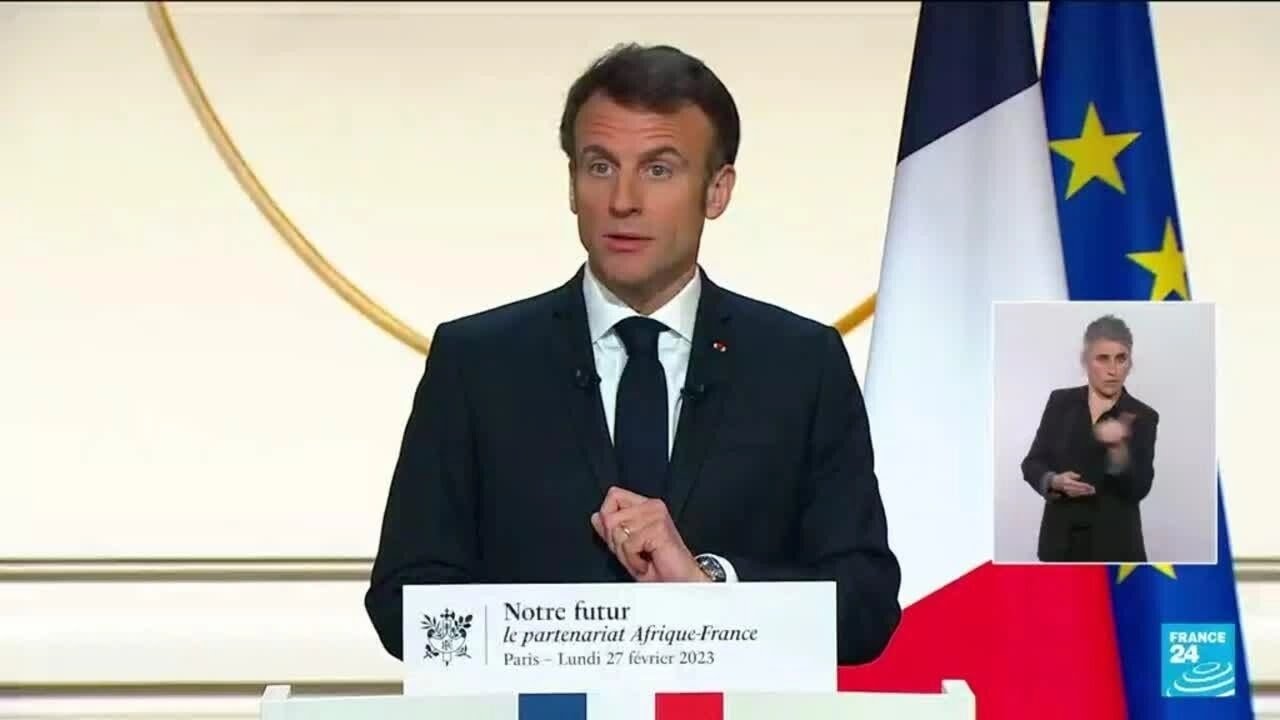The Glossy Mirage: Fact Versus Fiction

Table of Contents
Identifying the Characteristics of a "Glossy Mirage"
The glossy mirage isn't always obvious; it often hides behind a veneer of credibility. Recognizing its key features is the first step to avoiding its deceptive allure.
Recognizing Sensationalism and Emotional Appeals
Sensationalism and emotional appeals are common tactics used to create a glossy mirage. Misleading narratives often rely on grabbing your attention with shocking headlines and playing on your emotions.
- Examples of sensational headlines: "Shocking Study Reveals..." or "You Won't Believe What Happened Next!"
- Techniques used to manipulate emotions: Fear-mongering, anger-inducing language, and appeals to patriotism or group identity are frequently employed. The use of strong adjectives and emotionally charged language should always raise a red flag.
- How to identify emotionally charged language: Pay attention to the overall tone of the piece. Is it designed to provoke a strong emotional response rather than present neutral facts?
Spotting Logical Fallacies and Misleading Statistics
A glossy mirage often relies on distorted facts and flawed logic. Understanding common logical fallacies and recognizing manipulated statistics is crucial in identifying misleading narratives.
- Examples of common logical fallacies: Ad hominem attacks (attacking the person rather than the argument), straw man arguments (misrepresenting an opponent's position), and appeals to authority (assuming something is true because an authority figure said so).
- Techniques for analyzing statistics: Always check the source of the statistics. Look for context – are the statistics presented out of context to support a biased narrative? Consider the sampling bias – was the sample representative of the entire population?
- Tools and resources for fact-checking statistics: Websites like FactCheck.org and Snopes.com are invaluable resources for verifying information and identifying distorted facts.
Verifying Information Sources and Evaluating Credibility
The source of information is just as important as the information itself. A glossy mirage often originates from unreliable sources.
Assessing Website Authority and Author Expertise
Before accepting information as truth, assess the credibility of the source.
- How to use tools like Snopes or FactCheck.org: These sites provide detailed analysis of claims and help you determine their accuracy.
- Tips for identifying biased or unreliable sources: Look for poorly written content, a lack of citations, and an overt bias toward a particular viewpoint. Check the "About Us" section for transparency about the organization's mission and funding.
- Importance of cross-referencing information: Never rely on a single source. Always cross-reference information from multiple credible sources before forming an opinion.
Understanding Different Types of Media and Their Biases
Different media types have inherent biases. Understanding these biases is crucial in evaluating information critically.
- Examples of how bias can influence information presentation: News articles can present a biased perspective through word choice and emphasis. Social media posts are often short and lack the detail necessary for a complete understanding. Videos can be selectively edited to support a certain narrative.
- Tips for critically evaluating information from different sources: Consider the source's reputation, the potential motivations behind the information, and the overall tone and context of the presentation.
- The importance of media literacy: Media literacy is the ability to access, analyze, evaluate, create, and act using all forms of communication. Developing this skill is paramount in navigating the landscape of modern information.
Developing Critical Thinking Skills to Combat the "Glossy Mirage"
Developing strong critical thinking skills is your best defense against the glossy mirage.
Questioning Assumptions and Identifying Biases
Always question the assumptions behind the information you encounter.
- Techniques for identifying personal biases: Reflect on your own beliefs and values and how they might influence your interpretation of information.
- Strategies for approaching information with skepticism: Don't accept information at face value. Ask probing questions, seek alternative perspectives, and look for evidence to support or refute claims.
- The importance of open-mindedness and intellectual humility: Be open to the possibility that you could be wrong, and be willing to revise your beliefs in light of new evidence.
Practicing Active Information Consumption
Active information consumption involves seeking diverse perspectives and engaging with multiple sources.
- Strategies for active reading and information processing: Summarize information in your own words, identify the main points, and evaluate the evidence presented.
- Tips for staying informed without falling prey to misleading information: Stick to reputable news sources, diversify your sources, and be aware of the potential for bias.
- The role of responsible information sharing: Before sharing information online, verify its accuracy and consider the potential consequences of spreading misinformation.
Conclusion
The glossy mirage of misinformation is a pervasive challenge in today's world. By learning to identify its characteristics, verify information sources, and develop strong critical thinking skills, you can become a more informed and discerning citizen. Avoid the glossy mirage by actively practicing the techniques outlined in this article. Subscribe to fact-checking websites, share this article with others, and make a conscious effort to critically evaluate the information you encounter daily. Together, we can debunk glossy mirages and promote a more informed society, identifying and avoiding deceptive narratives wherever they arise.

Featured Posts
-
 Where To Watch The April 11th Warriors Vs Trail Blazers Game
May 07, 2025
Where To Watch The April 11th Warriors Vs Trail Blazers Game
May 07, 2025 -
 How The Wnba Draft Order Impacts Team Strategies
May 07, 2025
How The Wnba Draft Order Impacts Team Strategies
May 07, 2025 -
 Opinia Nawrockiego Zrownowazony Rozwoj Poprzez Budowe Drog S8 I S16
May 07, 2025
Opinia Nawrockiego Zrownowazony Rozwoj Poprzez Budowe Drog S8 I S16
May 07, 2025 -
 Analyzing Macrons Push For A Continent Wide Streaming Service
May 07, 2025
Analyzing Macrons Push For A Continent Wide Streaming Service
May 07, 2025 -
 Donovan Mitchell Predicts Cavs Rookie Car Popcorn Prank
May 07, 2025
Donovan Mitchell Predicts Cavs Rookie Car Popcorn Prank
May 07, 2025
